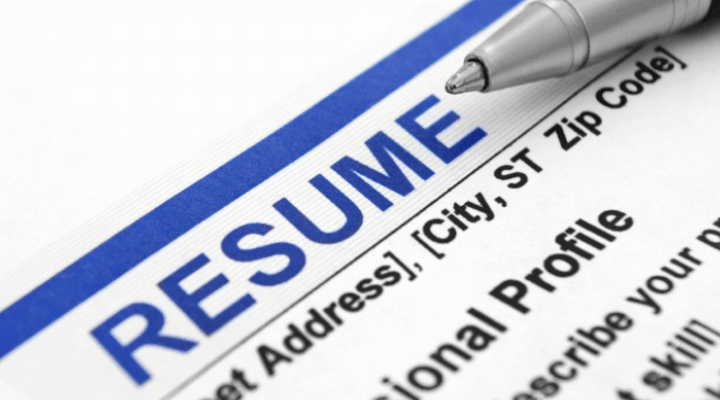Let’s face it: the majority of resumes look and sound the same. That’s why stylized and infographic resumes were created. While they get you noticed, it’s not necessarily going to get you an interview. First, without substantive, relevant content you won’t make the software cut to get it in front of a recruiter. Second, once it is in front of a recruiter, it needs to be clear and readable.
Recruiters are busy, but there are still many who are going to spend more than 30 seconds reading your resume. In addition, don’t forget about the hiring manager who should hopefully pay more attention to it when it crosses their desk, since they usually decide who to interview. That said, you want it in top shape in order to get called in. Here are four ways to upgrade your resume and make it stand out.
Career Summary.
Your resume is not a restaurant menu; it needs to tell a story. It’s not a school assignment where the recruiter or hiring manager reads your paper and has to come up with the plot line. You must feed it to them. How can you do that? Pull all the threads of your work experience together by summarizing your background in a few lines or bullets at the top.
Trash Cliché Phrases.
All those buzzwords you hear and read all of the time like “self-starter”, “problem solver”, and “highly motivated” are stale. They are simply overused and recruiters are tired of seeing them. The more they see them in resumes, the less they believe them to be true about a candidate. Give them something specific to get to know how you demonstrate those qualities instead of using those terms. Use specific examples from your work. Were delivery times exorbitant and you figured out how to decrease them? Forget the term “problem solver” and write a bullet that states the problem you solved, how, and the result or intended goal if no result is or was apparent. Bonus: you are also showing you’re results oriented without using that cliché phrase.
Organize Your Experience.
Look at job postings you’re applying to for common skills required, such as “oral and written communication” or “program management”. Use those that apply to you to group your bullets under each job. This will not only increase your keyword count and the chance you’ll pop up in a database search, but it also arranges things logically for a reader. It will help them get a complete picture of your employment story and what you bring to the table.
Emphasize Leadership.
It’s amazing how many people neglect highlighting pieces of their background that indicate leadership capability. If you mentor people on the job, volunteer outside of work, hold leadership roles on committees internally or externally, or have honors or awards, all of this should be reflected in your resume. If you’re listing these things under a job it’s likely getting buried and could be lost on a reader. Use separate sections like Honors and Awards and/or Community Leadership to highlight these aspects of your experience.
Don’t leave it to the recruiter to fully capture your story after a quick read of your resume. Do the work for them by creating a concise but clear career summary, using specific examples, and arranging your bullets by skills to help readers understand the value you offer. When you do these things and feature your leadership capabilities, and you meet the qualifications in a job announcement, chances are good you’ll get a call for an interview.



